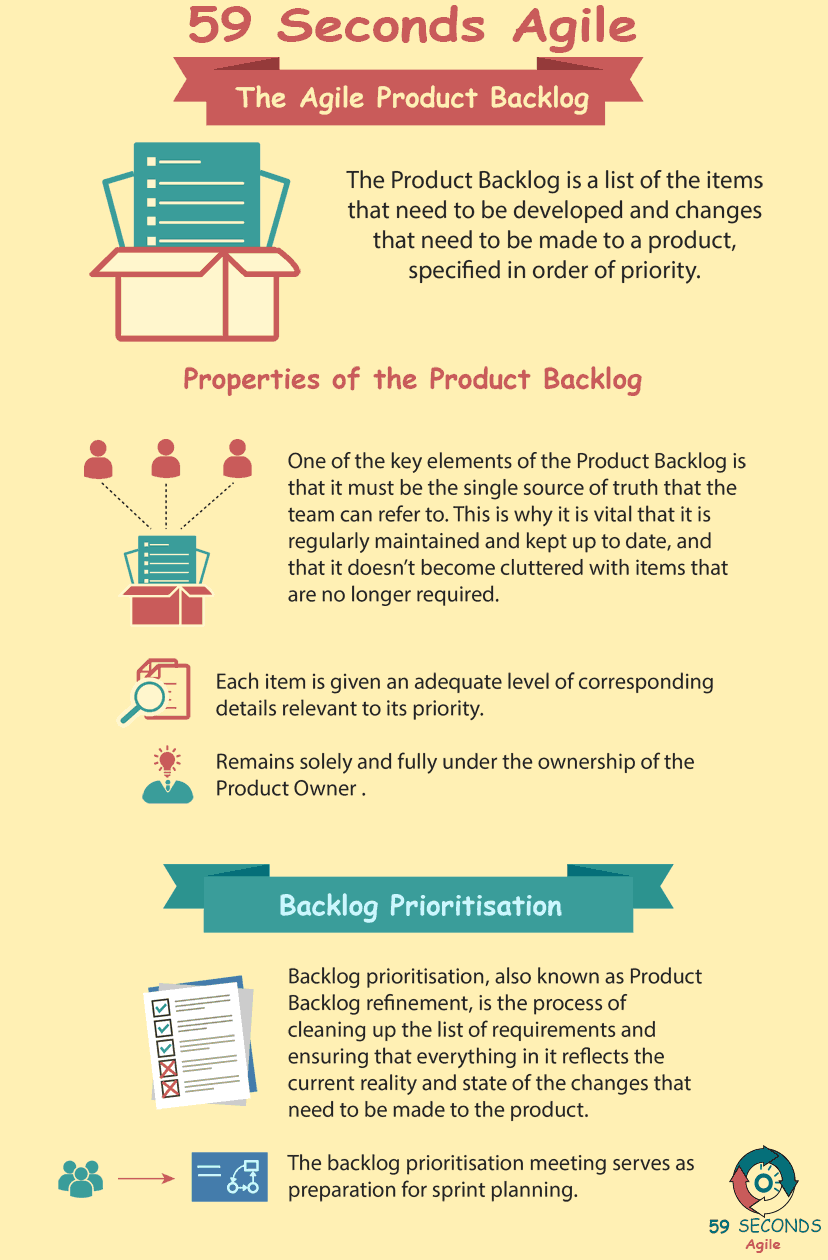
The Agile Product Backlog For Product Owners – Part 2
Sprint Planning Meeting
The Product Backlog provides the core input to sprint planning. The aim of this meeting is to reach an agreement on what can be delivered in the upcoming sprint, and the output of the meeting is the Sprint Backlog. At the start of the session, the Product Owner will use the Product Backlog to walk through and describe the high priority items on the list. Together with the Scrum team, there will be a discussion on which changes can be successfully completed within the cycle. Items are re-evaluated and potentially re-estimated if necessary, in light of any new information that has arisen.
It is the Product Owner’s responsibility to clearly explain the acceptance criteria for each change and to make sure that the team fully understand each and every aspect of what has been defined. There is a process of negotiation between the Scrum team and the Product Owner during this meeting. By consulting the Product Backlog and making trade-offs between different items based on their relative priority and the corresponding estimates, a collective consensus is reached on what can be reasonably achieved within the next sprint.

Benefits of a Well Defined Product Backlog
One of the main advantages of using a Product Backlog, and indeed of adopting an agile approach, is that the work that is being requested and the corresponding effort required is completely transparent and visible to whoever is interested. In addition, there are numerous occasions before the beginning of the cycle when stakeholders are invited to discuss the work openly. This means that any flaws in the requests can be noticed and questioned prior to the work being done, and not afterward when it is too late to do anything about it.
Another benefit of using the Product Backlog is that the Product Owner has complete control over what will be delivered. In traditional approaches, the actual needs of the user sometimes get forgotten or misunderstood along the way because there isn’t a central document to refer to that is constantly being updated and maintained. In Scrum, the Product Owner can make sure that everybody involved knows exactly what they should be working towards through the Product Backlog.
Our Favourite Agile Books
We found these books great for finding out more information on Agile Scrum:
An additional way in which the Product Backlog is an improvement on the standard requirements document is that it is a simple and straightforward list. As a result, it is more likely to be regularly referred to and it is also much easier to maintain. This, in turn, means that, as new information becomes available, it is immediately incorporated, and consequently the team can react very quickly to any changed conditions, whatever they may be.
What all these qualities boil down to is the fact that, as long as the Product Owner is diligent and disciplined about keeping the Product Backlog in good order, this is an artifact that will pay huge dividends in terms of effectiveness and efficiency of the Scrum team.

